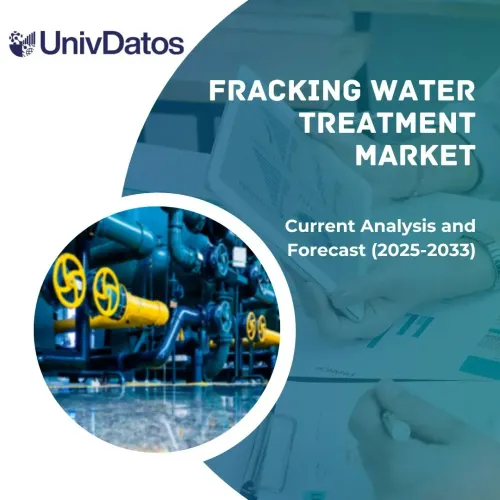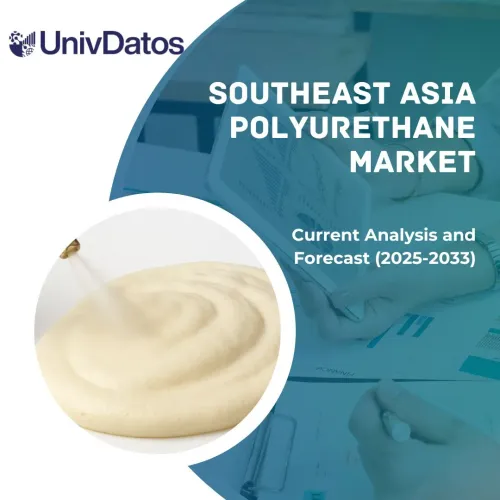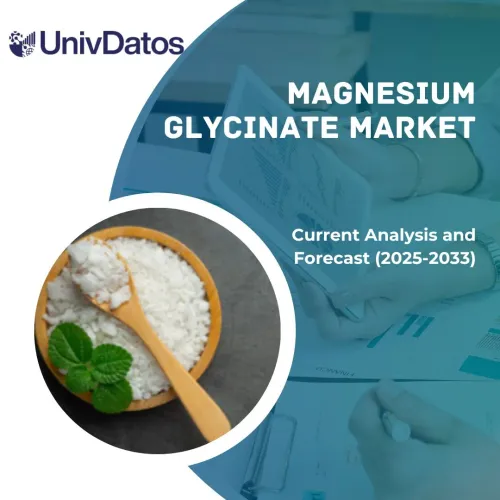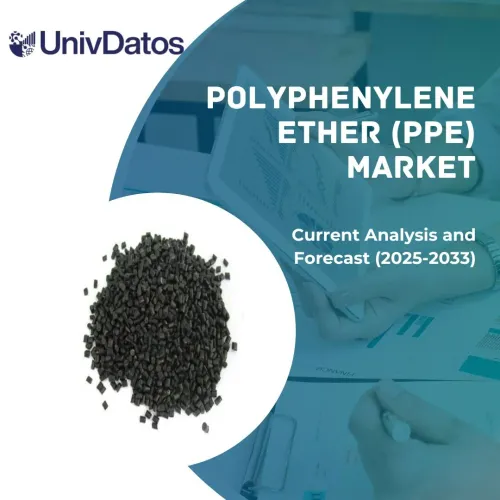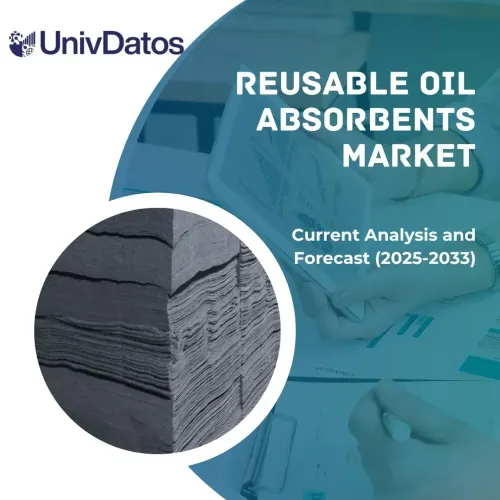- Home
- About Us
- Industry
- Services
- Reading
- Contact Us
Environmental Testing Market: Current Analysis and Forecast (2021-2027)
Emphasis on Technology (Conventional, Rapid); Sample Type (Wastewater, Soil, Water, Air, Others); Contaminant (Organic Compounds, Microbiological Contaminants, Residue, Heavy Metal, Solids); End-Use Sector (Agriculture & irrigation, Government institutes, Manufacturing Sector, Forestry & Geology, Others); Region/Country
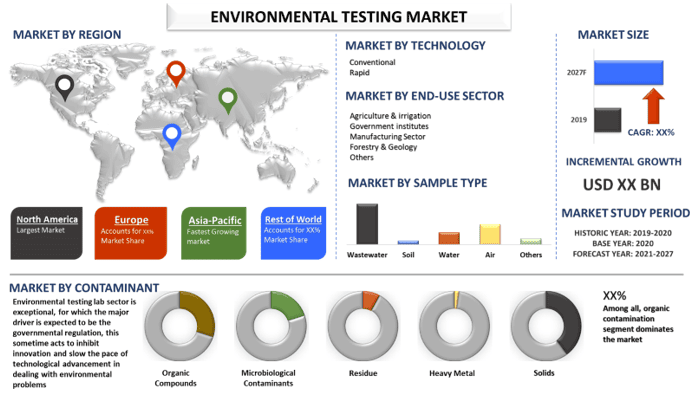
Global Environmental Testing Market was valued at ~US$ 6 billion in 2020 and is anticipated display a CAGR of around 7.2% over the forecast period (2021-2027). Environmental testing lab sector is exceptional, for which the major driver is expected to be the governmental regulation, these sometime acts to inhibit innovation and slow the pace of technological advancement in dealing with environmental problems. Lack of flexibility inherent in governmental regulatory schemes also, acts in many cases in removing incentives for environmental testing labs and instrumentation suppliers to explore innovative approaches and improve monitoring capabilities for environmental contaminants. US Environmental Protection Agency (EPA) has been active in recent pasts, through programs such as the Superfund Innovative Technology Evaluation (SITE) program, as an attempt to promote a suitable approach for the application of new technologies to environmental assessments and contaminant eliminations.
Environmental Testing Procedure
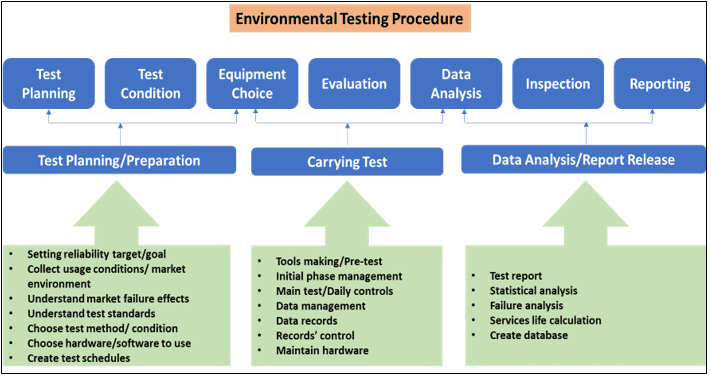
Covid-19 pandemic have severely threatened world public health security. Currently, more than 200 countries and regions around the world have been affected by the epidemic, with the number of infections and deaths still on the rise. As an extreme event, the outbreak of Covid-19 has greatly damaged the global economic growth and caused a certain impact on the environment.
Insights Presented in the Report
“Amongst technology, Rapid testing technology is expected to witness significant growth.”
Based on technology, the Environmental Testing Market is segmented into Conventional and Rapid testing method. Currently conventional testing technology dominates the market; however, rapid testing technology is expected to dominate the market during the forecast period. Rapid testing technology is gaining traction owing to its easy to use and carry characteristic.
“Amongst Sample type, Wastewater segment dominated the market in 2020.”
Based on sample type the Environmental Testing Market is divided into Wastewater, Soil, Water, Air, Others. Wastewater segment dominated the market in 2020. Ever increasing global population has increased the overall demand for clean drinking water among households and water for agricultural and irrigation use.
“Amongst Contaminant, organic contamination segment dominated the market in 2020.”
Based on contaminant, the market is bifurcated into Organic Compounds, Microbiological Contaminants, Residue, Heavy Metal, Solids. Among all, organic contamination segment dominates the market and is estimated to maintain its dominance share during the analysis period. Health concerns caused by organic contaminants are expected to drive the market for environmental testing. In organic testing, volatile organic compounds (VOCs) are tested.
“Amongst End-use Sector, Agriculture and irrigation sector is expected to witness high growth.”
Based on End-use Sector, the Environmental Testing Market is bifurcated into Agriculture & irrigation, Government institutes, Manufacturing Sector, Forestry & Geology, Others. Environmental testing activities have an important role to play by providing market-leading laboratory testing, monitoring and consultancy services to a wide range of industrial companies, environmental consultants, contractors, retailers, and government authorities.
“North America represents as the largest market.”
For a better understanding of the market adoption of Environmental Testing, the market is analyzed based on its worldwide presence in the countries such as North America (United States, Canada, Rest of North America), Europe (Germany, UK, France, Italy, Rest of Europe), Asia-Pacific (China, Japan, India, Rest of APAC), and Rest of World. North America dominated the market in 2020, however, growing industrial sector in the Asia-Pacific region paired with government initiatives to protect environments are expected to help Asia-Pacific region to witness high growth during the forecast period. Some of the major players operating in the market include Eurofins Scientific, EnviroSure Inc., EMSL Analytical, Inc., SGS S.A., Intertek, Bureau Veritas, Mérieux NutriSciences, Microbac Laboratories, Pace Analytical, Hydrologic Associates USA, Inc.
Reasons to buy this report:
- The study includes market sizing and forecasting analysis validated by authenticated key industry experts
- The report presents a quick review of overall industry performance at one glance
- The report covers an in-depth analysis of prominent industry peers with a primary focus on key business financials, product portfolio, expansion strategies, and recent developments
- Detailed examination of drivers, restraints, key trends, and opportunities prevailing in the industry
- The study comprehensively covers the market across different segments
- Deep dive regional & country-level analysis of the industry
Customization Options:
The Global Environmental Testing Market can further be customized as per the requirement or any other market segment. Besides this, UMI understands that you may have your own business needs, hence feel free to connect with us to get a report that completely suits your requirements.
Table of Content
Analyzing the historical market, estimation of the current market, and forecasting the future of the Global Environmental Testing were the three major steps undertaken to create and analyze the adoption of various testing technique across various regions globally. Exhaustive secondary research was conducted to collect the historical market numbers and estimate the current market size. Secondly, to validate these insights, numerous findings and assumptions were taken into consideration. Moreover, exhaustive primary interviews were also conducted, with industry experts across the value chain of the industry. Post assumption and validation of market numbers through primary interviews, we employed a bottom-up approach to forecast the complete market size. Thereafter, market breakdown and data triangulation methods were adopted to estimate and analyze the market size of segments and sub-segments the industry pertains to. Detailed methodology is explained below.
Analysis of Historical Market Size
Step 1: In-Depth Study of Secondary Sources:
Detailed secondary study was conducted to obtain the historical market size of the Environmental Testing through company internal sources such as annual report & financial statements, performance presentations, press releases, etc., and external sources including journals, news & articles, government publications, competitor publications, sector reports, third-party database, and other credible publications.
Step 2: Market Segmentation:
After obtaining the historical market size of the Environmental Testing, we conducted a detailed secondary analysis to gather historical market insights and share for different segments & sub-segments for major regions. Major segments included in the report are technology, sample type, contaminant, and end-use sector. Further regional & country-level analyses were conducted to evaluate the overall adoption of the Environmental Testing in the global context.
Step 3: Factor Analysis:
After acquiring the historical market size of different segments and sub-segments, we conducted a detailed factor analysis to estimate the current market size. Further, we conducted factor analysis using dependent and independent variables such as growing stringency in regulations related to environmental protection and Increasing requirements for more sophisticated analyses, and more expensive equipment etc. Historical trends and their year-on-year impact on the market size and share was analyzed. Demand and supply side scenario was also thoroughly studied.
Current Market Size Estimate & Forecast
Current Market Sizing: Based on actionable insights from the above 3 steps, we arrived at the current market size, key players in the Market, and market shares of the segments and company. All the required percentage split, and market breakdowns were determined using the above-mentioned secondary approach and were verified through primary interviews.
Estimation & Forecasting: For market estimation and forecast, weights were assigned to different factors including drivers & trends, restraints, and opportunities available for the stakeholders. After analyzing these factors, relevant forecasting techniques i.e., bottom-up approach was applied to arrive at the market forecast to 2027 for different segments and subsegments across the major regions globally. The research methodology adopted to estimate the market size encompasses:
- The industry’s market size, in terms of value (US$) and the adoption rate of Environmental Testing across the major markets
- All percentage shares, splits, and breakdowns of market segments and sub-segments
- Key players in the Environmental Testing Market in terms of services offered. Also, the growth strategies adopted by these players to compete in the fast-growing market.
Market Size and Share Validation
Primary Research: In-depth interviews were conducted with the Key Opinion Leaders (KOLs) including Top Level Executives (CXO/VPs, Sales Head, Marketing Head, Operational Head, and Regional Head, Country Head, etc.) across major countries. Primary research findings were then summarized, and statistical analysis was performed to prove the stated hypothesis. Inputs from primary research were consolidated with secondary findings, hence turning information into actionable insights.
Split of Primary Participants in Different Regions
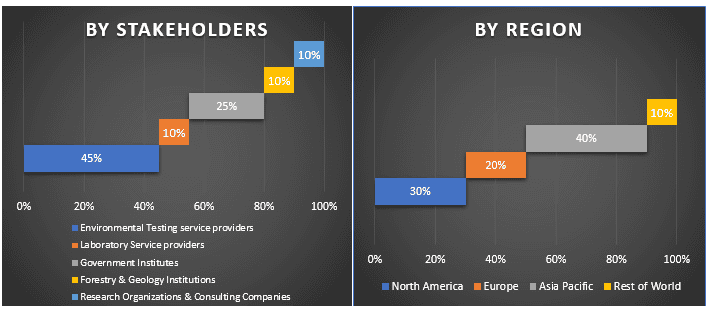
Market Engineering
Data triangulation technique was employed to complete the overall market estimation and to arrive at precise statistical numbers of each segment and sub-segment of the Environmental Testing market. Data was split into several segments & sub-segments post studying various parameters and trends in the areas of technology, sample type, contaminant and end-use sector.
The main objective of the Environmental Testing Market Study
The current & future market trends of Environmental Testing were pinpointed in the study. Investors can gain strategic insights to base their discretion for investments from the qualitative and quantitative analysis performed in the study. Current and future market trends would determine the overall attractiveness of the market at a regional & country level, providing a platform for the industrial participant to exploit the untapped market to benefit as a first-mover advantage. Other quantitative goals of the studies include:
- Analyze the current and forecast market size of Environmental Testing in terms of value (US$). Also, analyze the current and forecast market size of different segments and sub-segments
- Segments in the study include technology, sample type, contaminant, and end-use sector
- Defined analysis of the regulatory framework for the Global Environmental Testing industry
- Analyze the value chain involved with the presence of various intermediaries, along with analyzing customer and competitor behaviors of the industry
- Analyze the current and forecast market size of the Environmental Testing for the major regions & countries
- Major regions studied in the report include North America (US, Canada, Rest of North America), Europe (Germany, United Kingdom, France, Italy, Rest of Europe), Asia Pacific (China, Japan, India, Rest of Asia-Pacific), and Rest of World
- Company profiles of the Environmental Testing Market players and the growth strategies adopted by them to sustain in the fast-growing market
Deep dive regional & country level analysis of the industry
Related Reports
Customers who bought this item also bought




